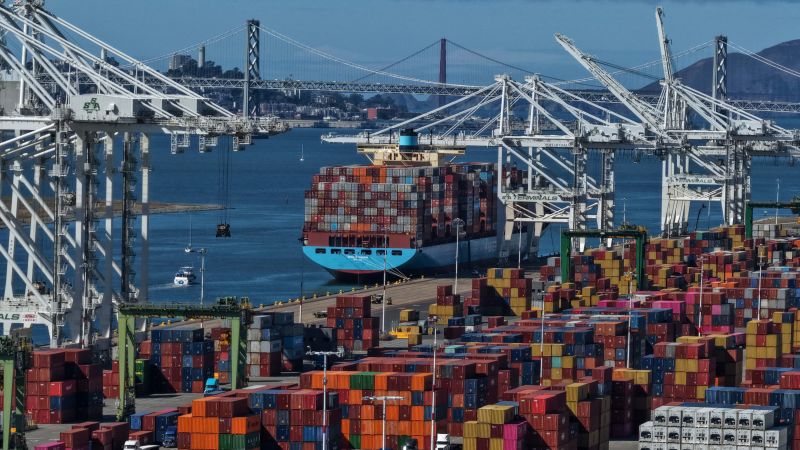The Supreme Court is set to begin hearings on a pivotal case regarding the legal authority of President Donald Trump to impose tariffs, with significant implications for U.S. trade policy. Central to the case is the International Emergency Economic Powers Act (IEEPA), which Trump has invoked to impose tariffs as high as 145% on imports from China and 50% on goods from countries like India and Brazil. This case is being described by Trump as “one of the most important cases in the history of our country,” highlighting its potential impact on his administration’s economic strategy.
As of September 23, U.S. businesses have paid approximately $90 billion in tariffs under the IEEPA, according to data from U.S. Customs and Border Protection. This amount represents more than half of the total tariff revenue collected during the 2025 fiscal year, which concluded on September 30. Trump has indicated that a ruling against his administration could necessitate refunds to these businesses, creating a growing financial liability as companies continue to pay the IEEPA tariffs while the legal process unfolds.
Potential Economic Ramifications
If the Supreme Court rules against Trump, the implications could extend beyond immediate tariffs. The IEEPA tariffs have served as a crucial leverage point in negotiations with trading partners, encouraging countries to enter trade agreements that include commitments to purchase more American goods and invest in U.S. businesses. Dave Townsend, a partner at Dorsey & Whitney, noted that the absence of the IEEPA tariffs could lead trading partners to reconsider their agreements with the United States, potentially seeking more favorable terms.
“The IEEPA tariffs have been the basis for countries to reach agreements with the United States, and it is unknown what happens if the IEEPA tariffs can no longer be imposed,” Townsend stated. The threat of higher tariffs has been a key tool for the Trump administration, and a Supreme Court ruling against their use could lead to a re-evaluation of current trade dynamics.
While the case is ongoing, businesses are likely to face a prolonged period of uncertainty regarding their financial obligations related to these tariffs. The possibility of pursuing refunds could be complex, as it remains unclear whether all businesses that paid the tariffs would qualify for reimbursement, and the administration may need to establish criteria for refund eligibility.
Future of Tariff Authority
Throughout his presidency, Trump has predominantly relied on two mechanisms for implementing tariffs: the IEEPA and Section 232 tariffs, which allow for tariffs based on national security. Section 232 tariffs are more limited in scope, as they target specific industries and require an investigation by the Commerce Department. This year, the Trump administration has used Section 232 to raise tariffs on a variety of sectors, including automobiles, steel, and aluminum.
Regardless of the Supreme Court’s decision, Trump will retain authority to impose tariffs under Section 232 and other existing mechanisms. However, these tariffs do not provide the same level of flexibility as the IEEPA, which has allowed for rapid adjustments to import duties.
The Supreme Court’s ruling, expected in the coming months, will not only address the legality of the tariffs imposed under the IEEPA but could also redefine the landscape of U.S. trade policy moving forward. With substantial revenue at stake and the potential for shifts in international relations, the outcome of this case could have lasting effects on both the U.S. economy and its trade partnerships.







